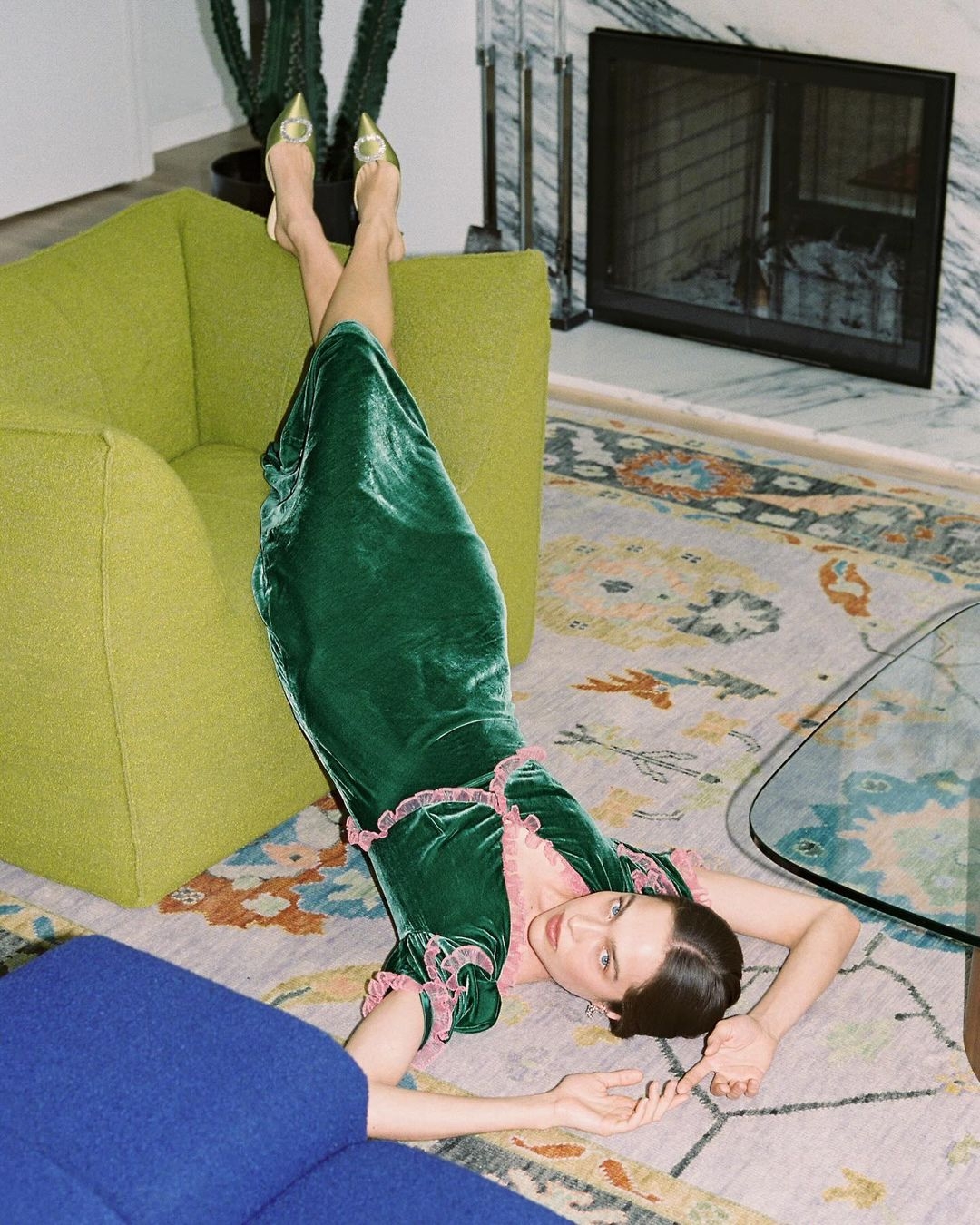When designing clothes, selecting the right material is critical to ensuring functionality, comfort, durability, and aesthetic appeal. Here’s a structured approach to choosing the best material:
1. Define the Purpose and Use Case
- Type of Garment:
- Casual wear (e.g., cotton for breathability).
- Athletic wear (e.g., polyester/spandex blends for stretch and moisture-wicking).
- Formal wear (e.g., silk or wool for drape and elegance).
- Climate/Season:
- Summer: Lightweight, breathable fabrics (linen, cotton).
- Winter: Insulating materials (wool, fleece, cashmere).
2. Evaluate Material Properties
- Comfort:
- Softness (e.g., bamboo fabric for sensitive skin).
- Breathability (e.g., cotton vs. synthetic nylon).
- Functionality:
- Moisture management (e.g., merino wool for temperature regulation).
- Stretch/recovery (e.g., elastane blends for activewear).
- Durability:
- Abrasion resistance (e.g., Cordura® for workwear).
- Colorfastness (e.g., pre-washed denim to prevent fading).
3. Consider Sustainability
- Eco-Friendly Options:
- Organic cotton (no pesticides).
- Recycled polyester (from plastic bottles).
- Tencel™/Lyocell (biodegradable, low-water process).
- Certifications:
- GOTS (Global Organic Textile Standard).
- OEKO-TEX® (chemical safety).
4. Factor in Cost and Production
- Budget:
- Luxury fabrics (silk, cashmere) vs. affordable synthetics (polyester).
- Manufacturability:
- Ease of cutting/sewing (e.g., stiff leather vs. stretchy jersey).
- Dyeability (e.g., natural fibers absorb dyes better).
5. Test and Prototype
- Sample Testing:
- Wash tests (shrinkage, color retention).
- Wear trials (pilling, stretching).
- User Feedback:
- Comfort surveys (itchiness, breathability).
6. Stay Aligned with Trends and Ethics
- Market Trends:
- Biodegradable materials (e.g., mushroom leather).
- Smart textiles (e.g., UV-protective fabrics).
- Ethical Sourcing:
- Avoid materials linked to deforestation (e.g., conventional viscose).
- Prioritize fair-trade suppliers.
Examples of Material Choices by Category
| Garment Type | Recommended Materials | Why? |
|---|---|---|
| Activewear | Polyester-spandex, Nylon-Lycra® | Moisture-wicking, stretch, durability |
| Winter Coats | Wool-blend, Gore-Tex® (waterproof) | Insulation, weather resistance |
| Eco-Friendly Basics | Organic cotton, Hemp | Sustainable, breathable |
| Luxury Evening Gowns | Silk, Chiffon, Velvet | Drape, sheen, elegance |
Key Takeaway
Start by defining the garment’s purpose, then prioritize materials based on performance, cost, sustainability, and user comfort. Always prototype and test fabrics under real-world conditions to ensure they meet design and functional goals.
From: Chinese Clothes Manufacturer https://www.protexclothes.com
